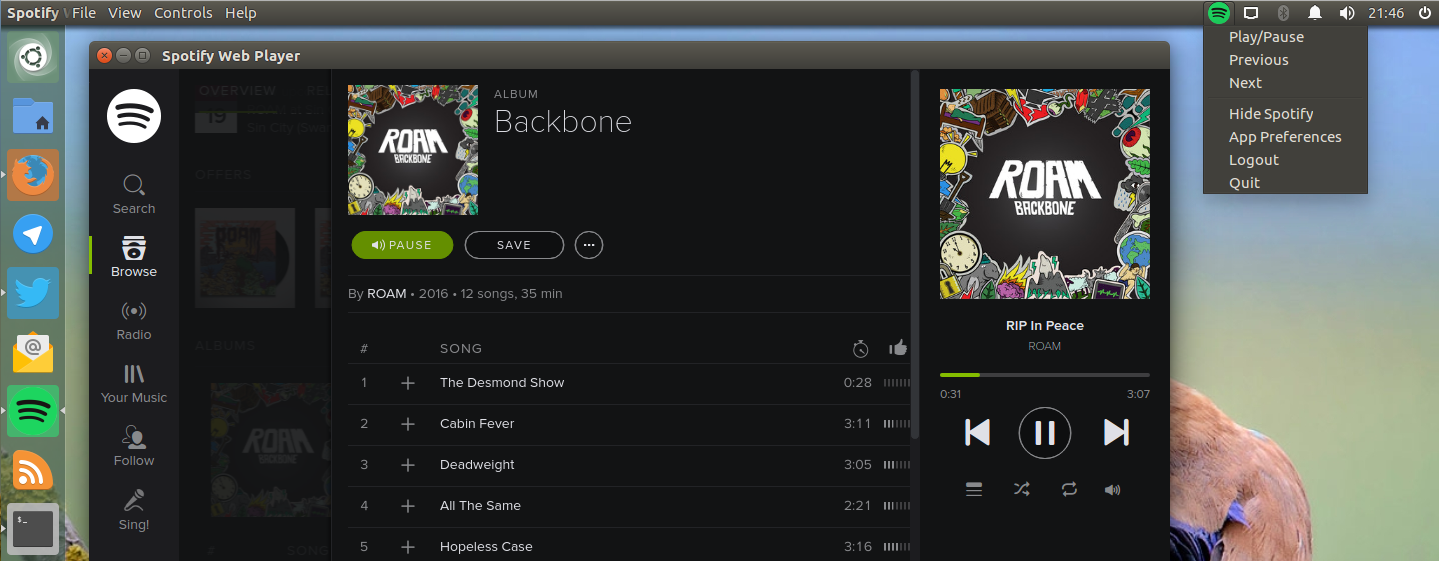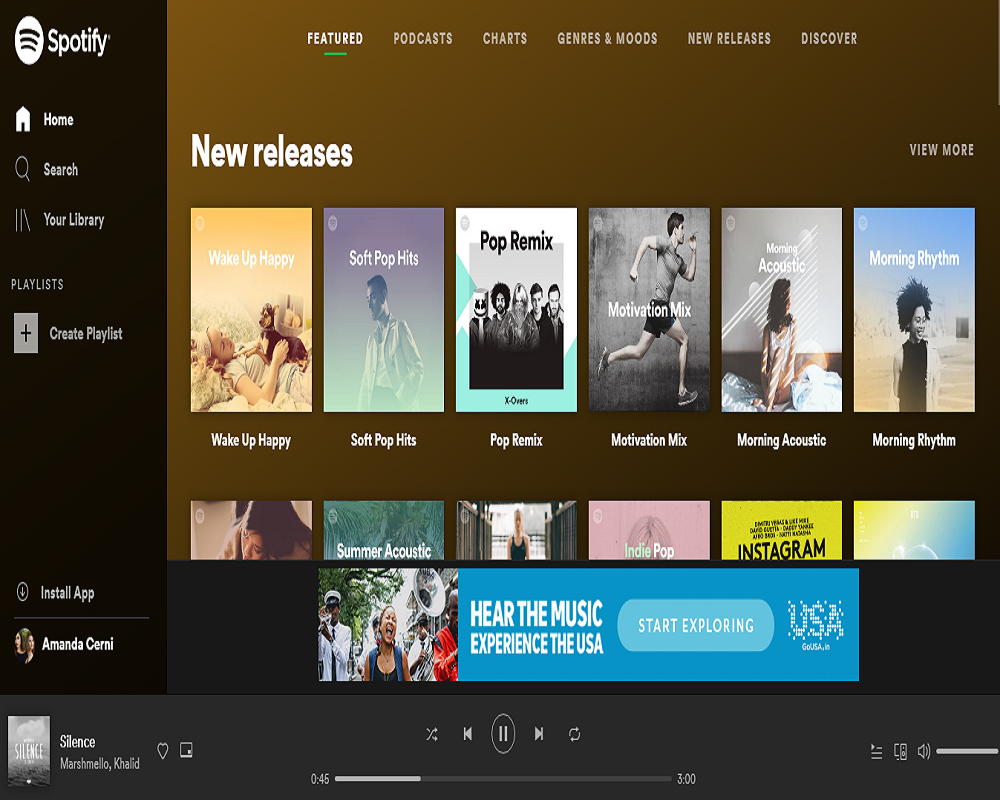

The initial design sprint laid the groundwork for getting everyone on the same page about improving the site. These user personas also guided the series of design sprints that followed, in which we invited members of a variety of disciplines - product designers, a UX writer, a product manager, an engineer, and a user researcher - from other web teams that work on. We developed user personas to uncover and prioritize opportunities so that we could begin exploring how to create the optimal experience for both new and existing users.

So before we could set up an experimentation framework in order to test designs for a new homepage experience reliably, we had to invest in modernizing the tech.Īfter the user researcher gathered insights through surveys and web analytics to help frame our thinking, the next step was to define our most common site visitors, their primary user goals, andthe problems that got in the way of reaching them.

Because the website had existed for a number of years, previous teams who were already preoccupied with site maintenance and bug fixing didn’t have time for design improvements.


 0 kommentar(er)
0 kommentar(er)
